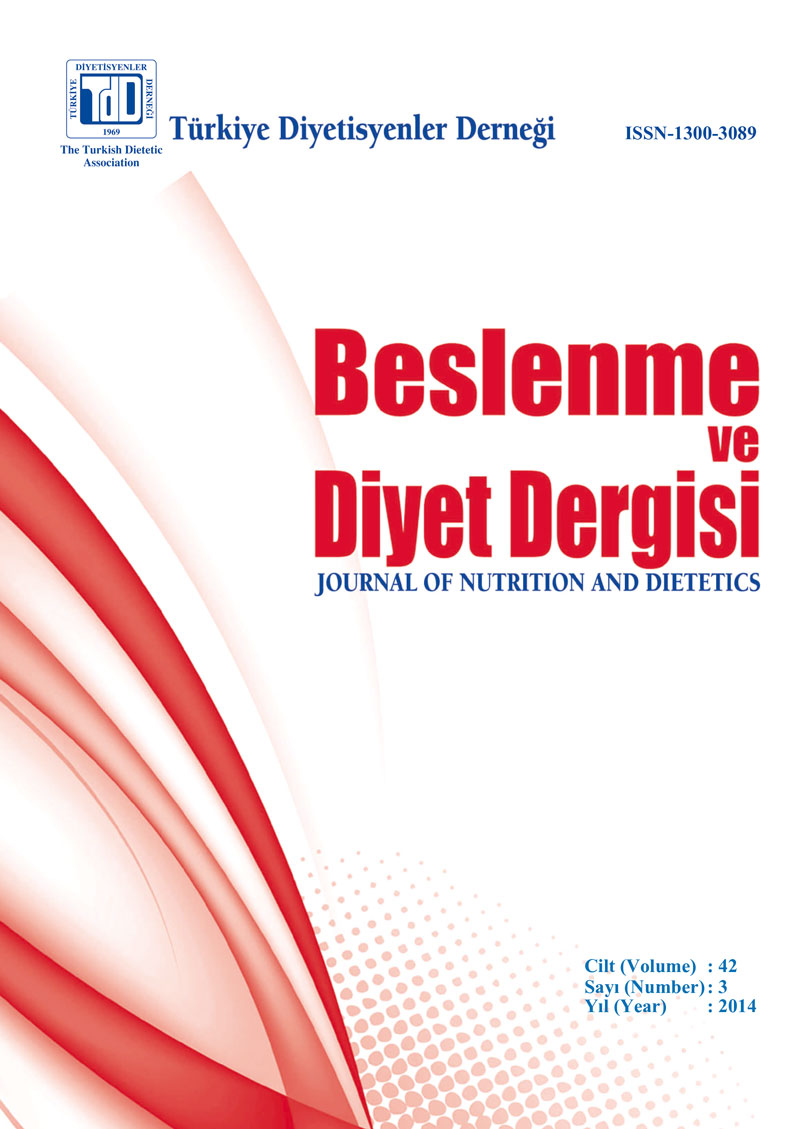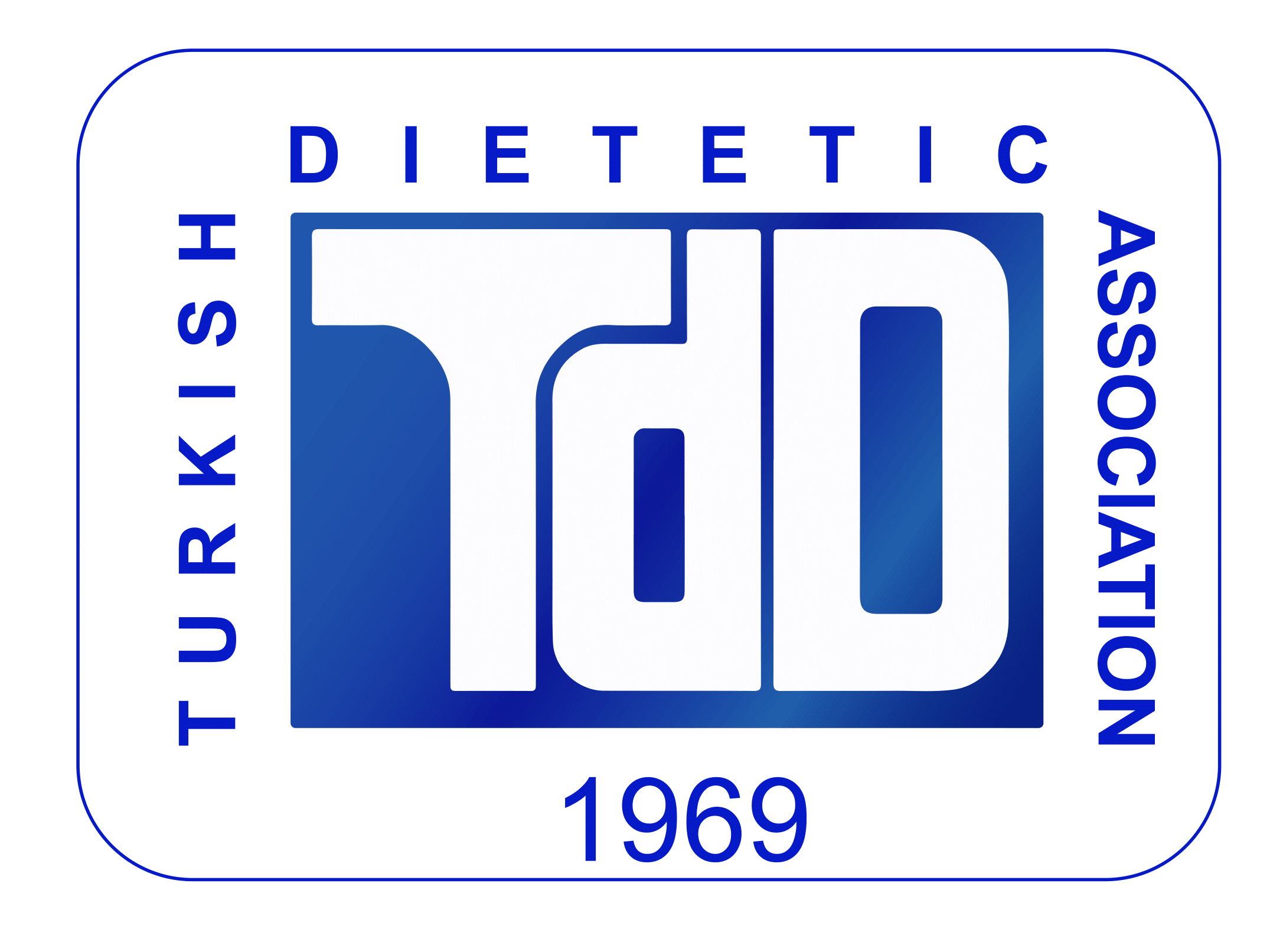Evaluation of Dietary Intake Data According to World Health Organization Population Intake Goals
Keywords:
Population nutrient intake goals, food intake modelling, food consumption surveyAbstract
Aim: Non-communicable chronic diseases are preventable if the effective interventions done on risk factors. Determining the population nutrient intake goals in order to maintain being healthy should be consistent with the population nutrition habits and problems. World Health Organisation (WHO) in 2003 defined the global population nutrient intake goals. In this study, we aimed to assess a food consumption survey results and compare the data according to WHO population nutrient intake goals and assess the adherence with a spesific nutrient profiling scheme. Materials and Methods: This study was conducted to examine the macro and micro nutrient intake of 848 healthy participant (41.9% male, 58.1% female) aged between 19-45 years according to the population nutrient intake goals and with a nutrient profiling scheme. Results: It was assessed that total fat, saturated fat and sodium intake for men and women were higher than the recommended values whereas carbohydrate intake was lower than the recommended value. It was observed that the fresh fruit and vegetable consumption was higher in women than men. According to the WHO population nutrient intake goals the rate of the total fat, saturated fat, cholesterol and sodium that met the recommended value for men and women were 26.4%, 29.4%, 73.3% and 51.2% respectively. When the individual food consumption assessed by using nutrient profile scheme there was consistent results with the WHO population nutrient intake goals. Conclusion: In order to prevent the non-communicable diseases the population nutrient intake goals should be developed in national perspective. The currently available scientific evidence provides a sufficient data for the relation between nutrient intake and non-communicable diseases, for this reason population nutrient intake targets have to be translated into food-based guidelines which are easily understood by the general population. This pilot study is considered to be a leading example to other food based guidelines modeling studies for the assessment approach is considered. Further studies should be done with the national dietary intake studies.

